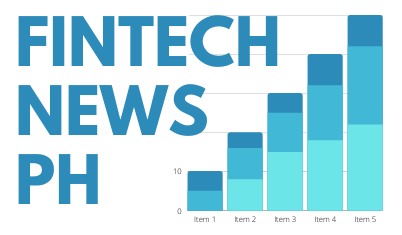Special Report by Edielyn Mangol, Reporter
The Philippines is fast moving toward a cash-lite economy — and at the heart of this transformation is a small but mighty black and white symbol: the quick response (QR) code.
With the Bangko Sentral ng Pilipinas (BSP) leading the charge, QR Ph, the national quick response code standard, is being positioned as the central pillar of the country’s digital payments ecosystem. The goal is ambitious: to make a single QR code all that merchants need — whether they run a sari-sari store, a public market stall, or even a commuter line in Metro Manila.
The promise is clear: simplify digital payments, expand financial inclusion, and ensure interoperability across banks, e-wallets, and merchants. But as Filipinos gradually adapt to cashless transactions, the question persists — can QR Ph truly become the national standard in a country where cash still dominates daily life?
One code to rule them all
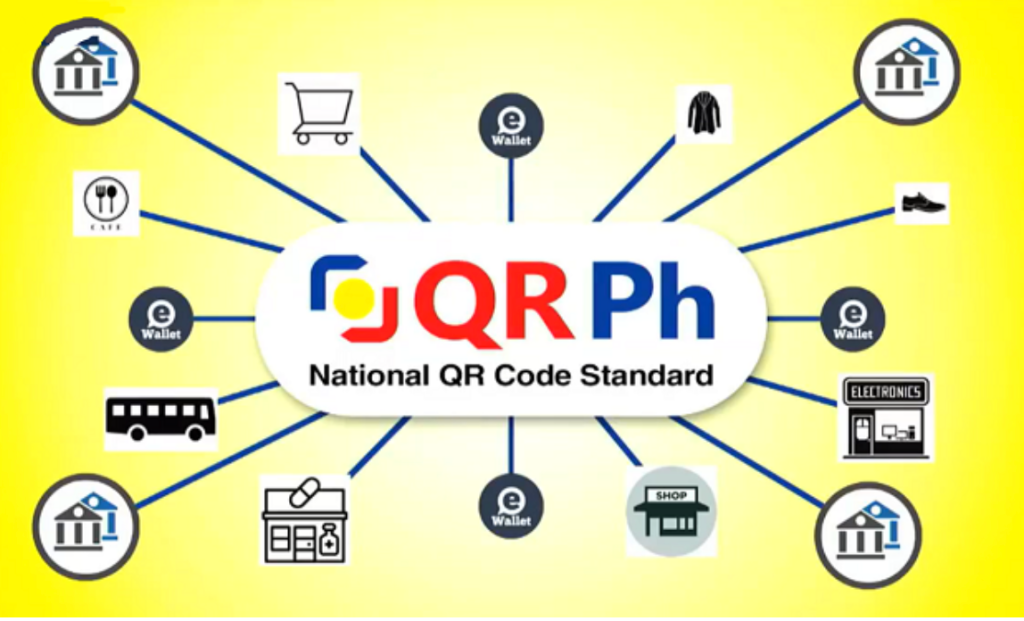
QR Ph was launched under the BSP’s Digital Payments Transformation Roadmap, a sweeping initiative to modernize the country’s financial infrastructure. At its core is a deceptively simple but transformative idea: one QR code that works across multiple banks and digital wallets.
Under the old system, a typical store counter was a cluttered sight — multiple stickers from GCash, Maya, and various banks, each one usable only by certain apps. QR Ph eliminates that confusion. Merchants display a single standardized code, and customers can scan it using any participating payment platform.
Beyond convenience, this interoperability means that even the smallest business owners can participate in the digital economy without investing in costly point-of-sale terminals. Every transaction is recorded digitally, reducing the risks of theft or miscounting and building valuable data trails that can help entrepreneurs establish credit histories.
For BSP officials, QR Ph is not just about going digital — it’s about financial inclusion. “We’re creating an ecosystem where every Filipino can pay and get paid digitally, no matter how small their business is,” a BSP representative said during a recent fintech forum. “QR Ph is meant to democratize digital finance.”
SMEs and sari-sari stores: The frontline of digital payments

Small and medium enterprises (SMEs) make up over 99% of all businesses in the Philippines, employing the majority of the country’s workforce. Among them, sari-sari stores — those ever-present community mini-shops — are the face of grassroots commerce.
These micro-entrepreneurs stand to gain the most from QR Ph adoption. Many have already begun displaying QR codes beside their cash boxes, allowing customers to pay digitally for small purchases like snacks, prepaid load, or detergent.
For store owners, the shift offers tangible benefits: fewer risks tied to handling cash, faster transactions, and immediate access to funds for restocking or bill payments. It also opens the door to a formal financial identity — something many small vendors previously lacked.
Still, challenges persist. Many sari-sari store owners remain hesitant or uninformed about how QR Ph works. Some fear transaction fees will eat into their already thin margins; others simply lack smartphones or reliable internet to process digital payments consistently.
Awareness campaigns, while visible, often prioritize distribution over education. In some cases, merchants receive their QR codes but aren’t properly trained on how to use them, leading to confusion and failed transactions.
Experts say this knowledge gap must be addressed before QR Ph can achieve mass adoption. “Digital inclusion isn’t just about access — it’s about understanding,” said a financial inclusion advocate. “We can’t expect every micro-entrepreneur to adopt digital payments without guidance.”
Public transport, LGU programs: Driving adoption at the grassroots

If SMEs and sari-sari stores represent the backbone of Philippine commerce, public transport is undoubtedly its lifeblood.
Every day, millions of Filipinos rely on jeepneys, tricycles, buses, and trains — and it’s here that QR Ph has the potential to make the most visible impact.
Recognizing this, the BSP and the Department of the Interior and Local Government (DILG) launched the Paleng-QR Ph Plus program, one of the most significant efforts to integrate digital payments into grassroots economic activity.
The program targets public markets, tricycle operators, and other community-based merchants, encouraging them to adopt QR Ph as a mode of payment. The idea is to normalize cashless transactions by embedding them in the country’s most common day-to-day activities.
In participating cities such as Baguio, Davao, and Lapu-Lapu, market vendors and transport drivers now display QR codes alongside their price boards. Commuters can pay for a ₱20 tricycle ride, while shoppers can buy a kilo of vegetables or a cup of taho — all with a quick scan on their smartphones.
For drivers and vendors, digital payments mean less time handling loose change and more security. For consumers, it means faster, exact transactions without worrying about small bills or coins.
This integration also benefits local governments. With each QR Ph transaction recorded digitally, LGUs gain better visibility into grassroots economic activity, enabling them to design more data-driven financial policies.
Transport integration: The next frontier
![Will QR Ph lead the Philippines to a truly cashless future? 4 OPINION] Ways local governments can play a bigger role in public transportation](https://www.rappler.com/tachyon/2024/09/Clark-bus-loop1-scaled.jpg)
Beyond markets, the transport sector is steadily embracing digital payments.
QR-based and wallet-based fare systemshave already been piloted in Metro Manila’s train and bus systems, and local governments are pushing to expand these to jeepneys and tricycles.
This shift is crucial because commuting represents one of the largest daily use cases for payments in the country. If QR Ph becomes standard for transport fares, consumers will become accustomed to scanning and paying digitally multiple times a day, naturally reinforcing the habit.
Transport modernization programs, such as the jeepney consolidation initiative, are also seen as opportunities to embed QR Ph directly into fleet management systems.
Some cooperatives have started exploring integrated payment apps that link QR transactions with driver payouts, maintenance funds, and fuel expenses — an important step toward financial efficiency and transparency in a historically informal sector.
The role of local governments
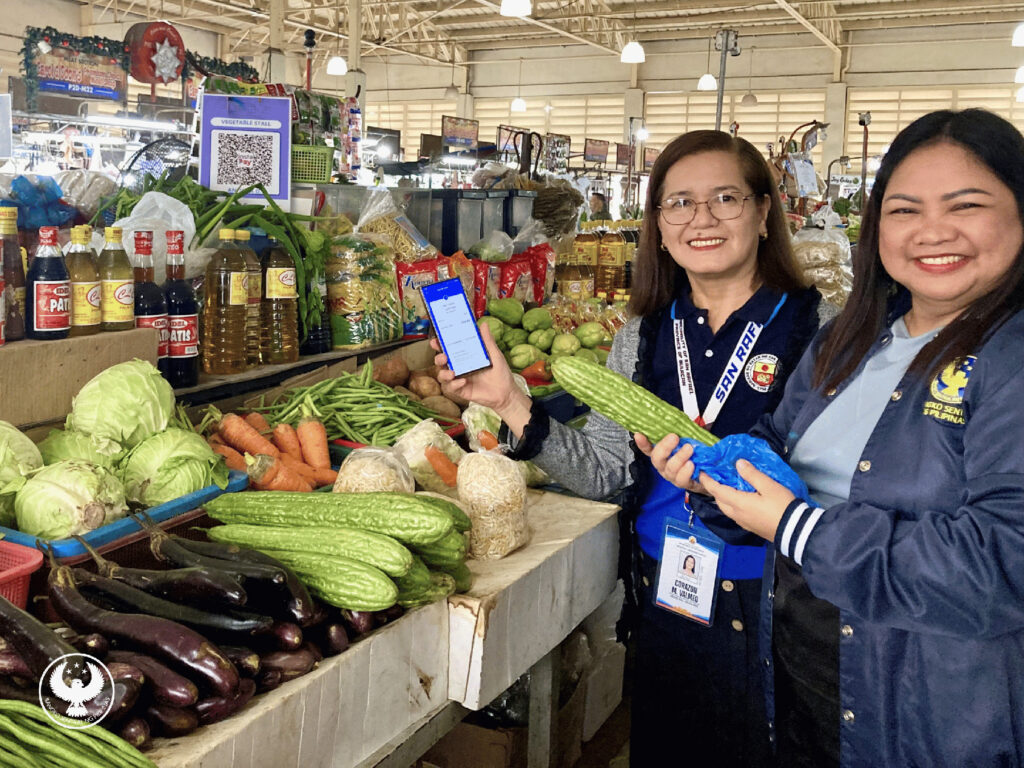
Local government units (LGUs) are proving to be powerful enablers of digital adoption.
By passing ordinances mandating QR Ph use in public markets and transport systems (Paleng-QR Ph Plus program), and by partnering with the BSP for merchant onboarding drives, LGUs are helping create local ecosystems where cashless payments are not just possible but preferred.
Cities like Pasig, Baguio, and Davao have launched QR Ph caravans, providing vendors with QR codes, training, and even starter smartphones. The result is a growing number of communities where buying vegetables, paying fares, or settling local taxes can all be done with a scan.
Such bottom-up efforts are essential for sustaining momentum. As one BSP official noted, “Digital transformation doesn’t happen in boardrooms — it happens in barangays.”
The roadblocks to a cashless nation
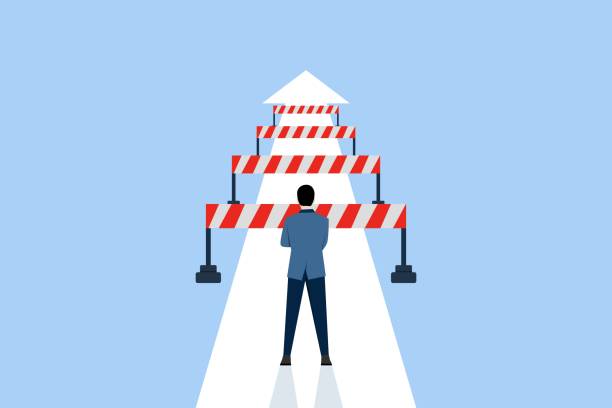
Despite these strides, several key barriers continue to slow down QR Ph adoption.
Infrastructure gaps remain a major challenge, particularly in rural areas where internet connectivity is weak and electricity supply unreliable. Even the most enthusiastic merchants struggle to sustain digital transactions without the necessary infrastructure.
Cost concerns also loom large. While transaction fees for QR Ph payments are relatively small, for micro-merchants earning slim profits, even a few pesos per transaction can add up. Policymakers are now considering fee subsidies or tiered pricing models to encourage small businesses to adopt digital payments without financial strain.
Then there’s the issue of interoperability in practice. While QR Ph is designed to work seamlessly across banks and e-wallets, inconsistencies sometimes occur. When customers encounter failed scans or unsupported apps, it undermines trust — and once trust is lost, merchants and consumers alike revert to the familiarity of cash.
Perhaps the hardest challenge to overcome is behavioral and cultural. Many Filipinos still equate “money in hand” with financial security. Convincing them that a few digits on a screen represent real, reliable value requires not only education but also consistent, positive experiences with digital payments.
What must happen next
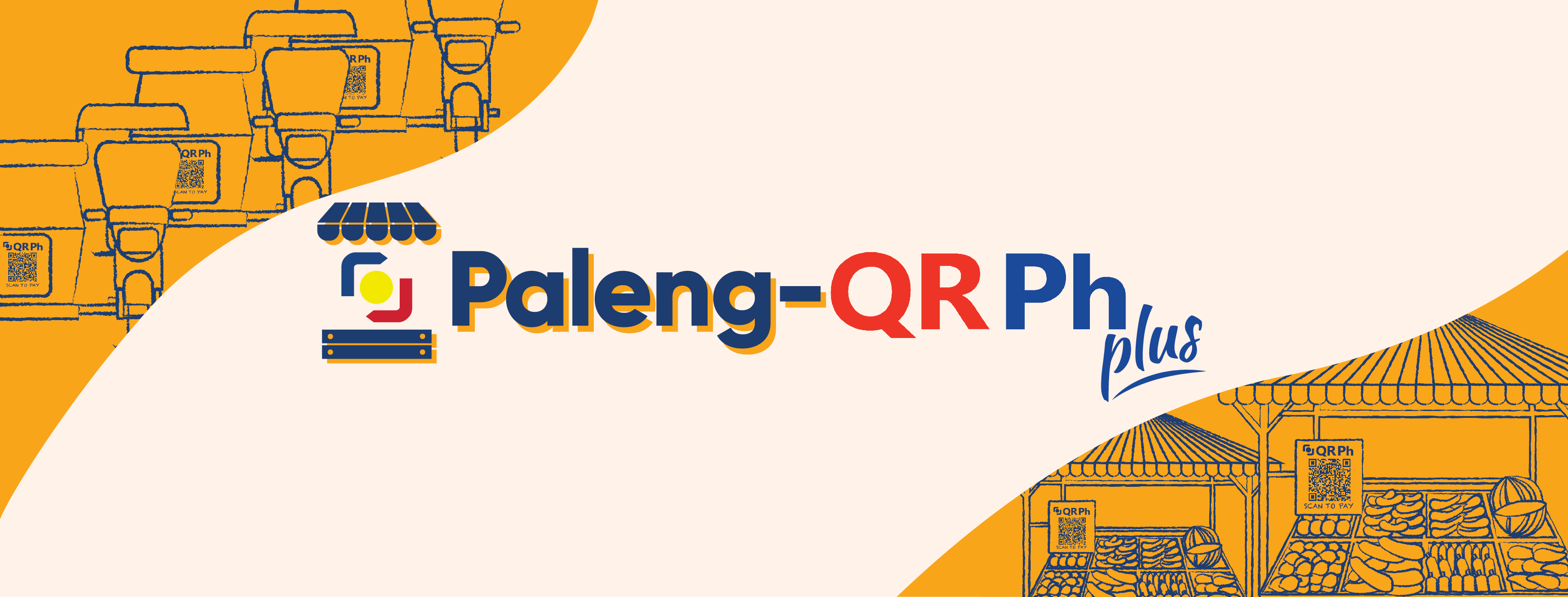
For QR Ph to fulfill its potential, experts emphasize several priorities:
- Expand education campaigns that go beyond distribution to practical training and troubleshooting.
- Invest in rural connectivity and affordable smartphones to bridge the urban-rural digital divide.
- Ensure affordability through low or zero transaction fees for small merchants.
- Enforce consistency so that every QR Ph code works seamlessly across all platforms.
- Integrate QR Ph into essential services — from utilities and transport to government fees — to make digital payments an everyday norm.
The question is no longer whether digital payments will dominate — they already are.
The real test is whether QR Ph can tie together the country’s fragmented payment systems and bring the benefits of digital finance to everyone, from market vendors to commuters. If it succeeds, that small square could become the symbol of a new era in Philippine commerce — one where every scan brings the country closer to a truly cashless future.
Beyond cashless: Building a digital nation

Ultimately, QR Ph is about more than payments — it’s about building a more inclusive, data-driven digital economy.
Each QR transaction creates records that can help small business owners access credit, insurance, and other financial services. For policymakers, it provides insight into local spending patterns that can guide smarter economic planning.
The success of QR Ph won’t be measured by the number of codes printed, but by how naturally Filipinos use them in their everyday lives. When even the smallest tricycle operator or market vendor can accept digital payments as easily as large retailers, that’s when the country can truly claim to be on the road to a cashless future.
As the Philippines stands at this pivotal moment, one thing is clear: the tools are ready, and the momentum is building. The challenge now is turning adoption into habit, and promise into practice.
If the barriers of trust, infrastructure, and access can be overcome, QR Ph could become the common thread connecting the nation’s diverse economy — one scan at a time.
